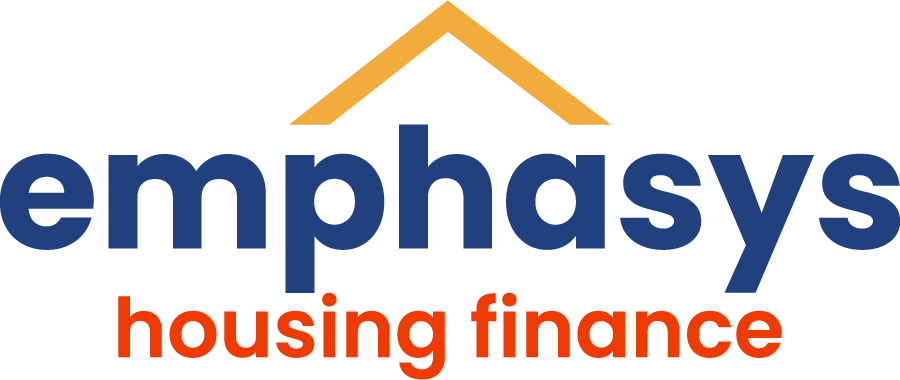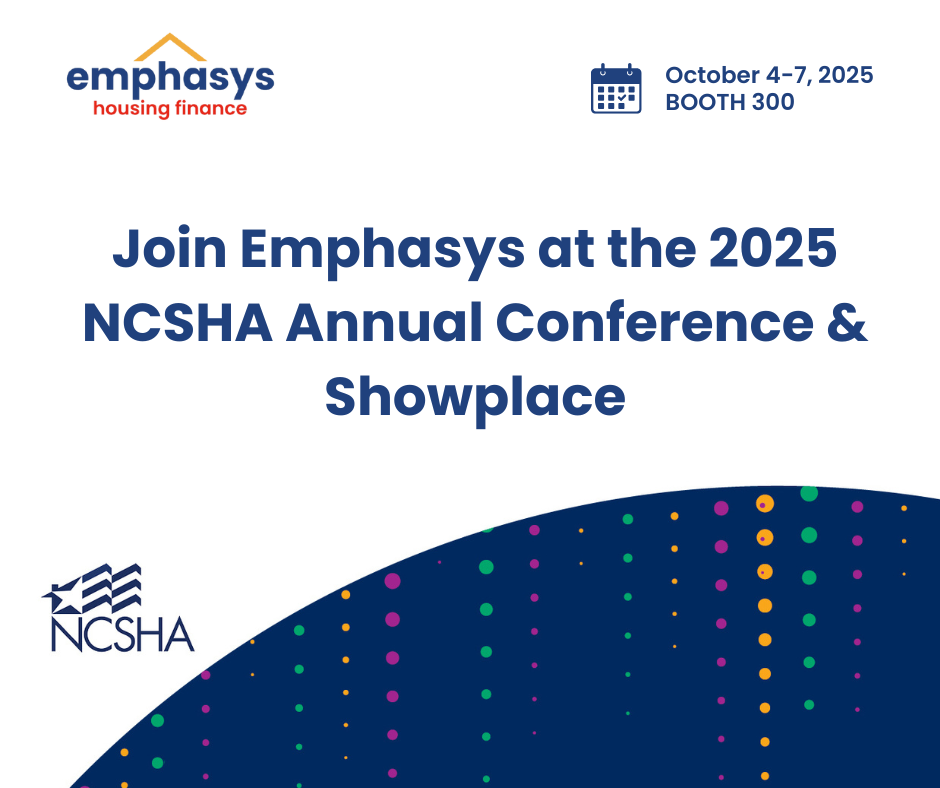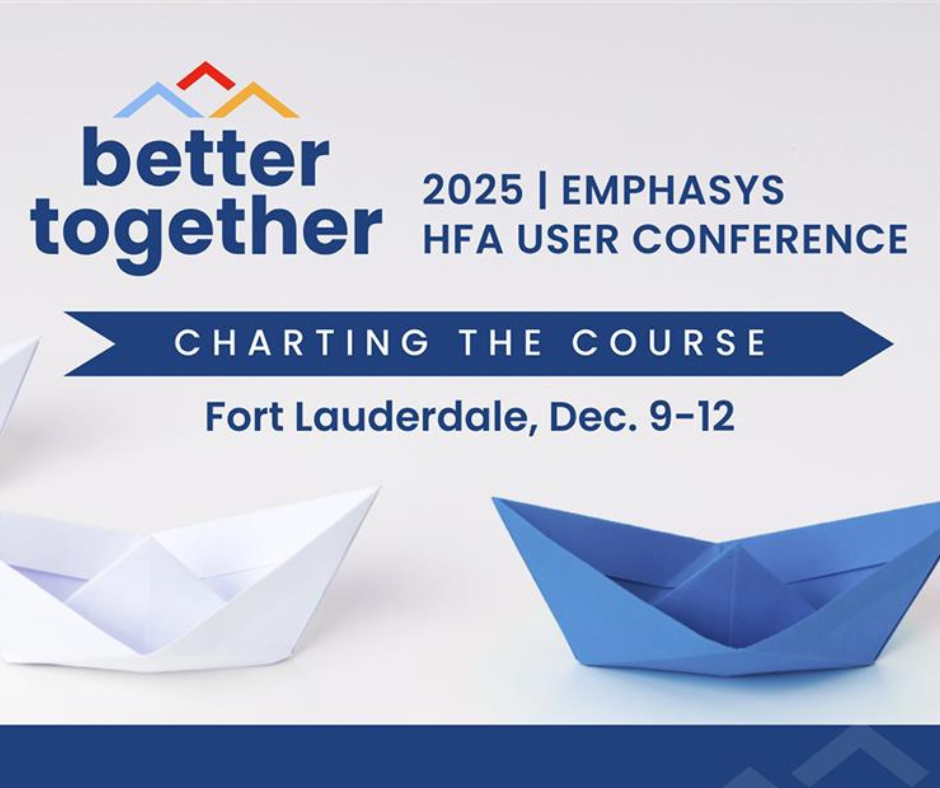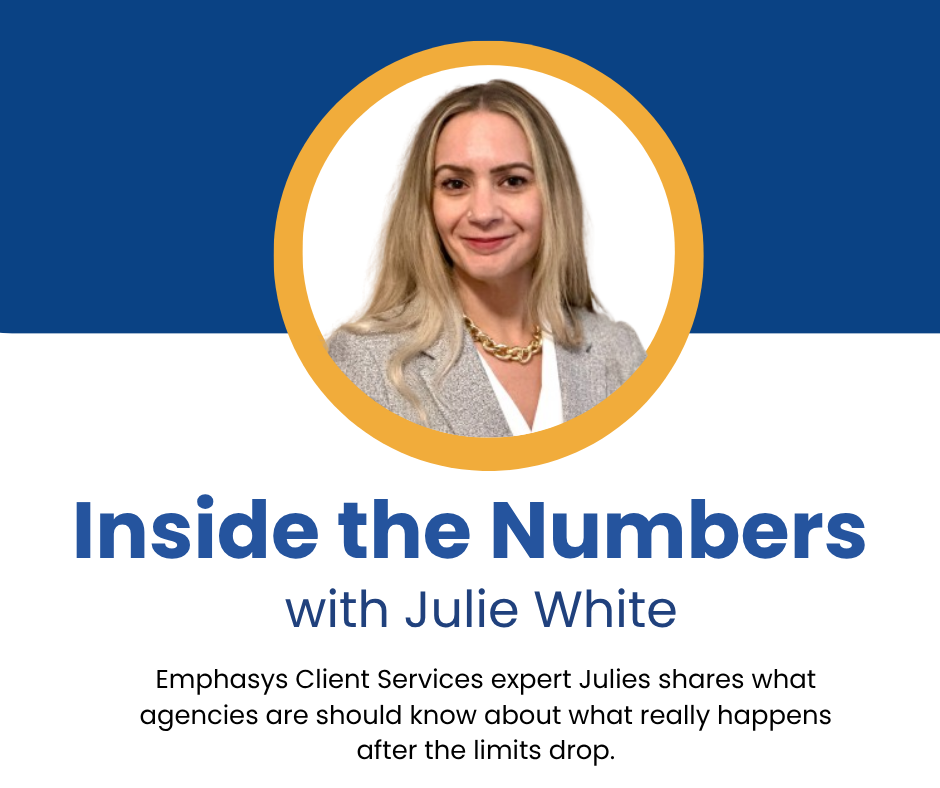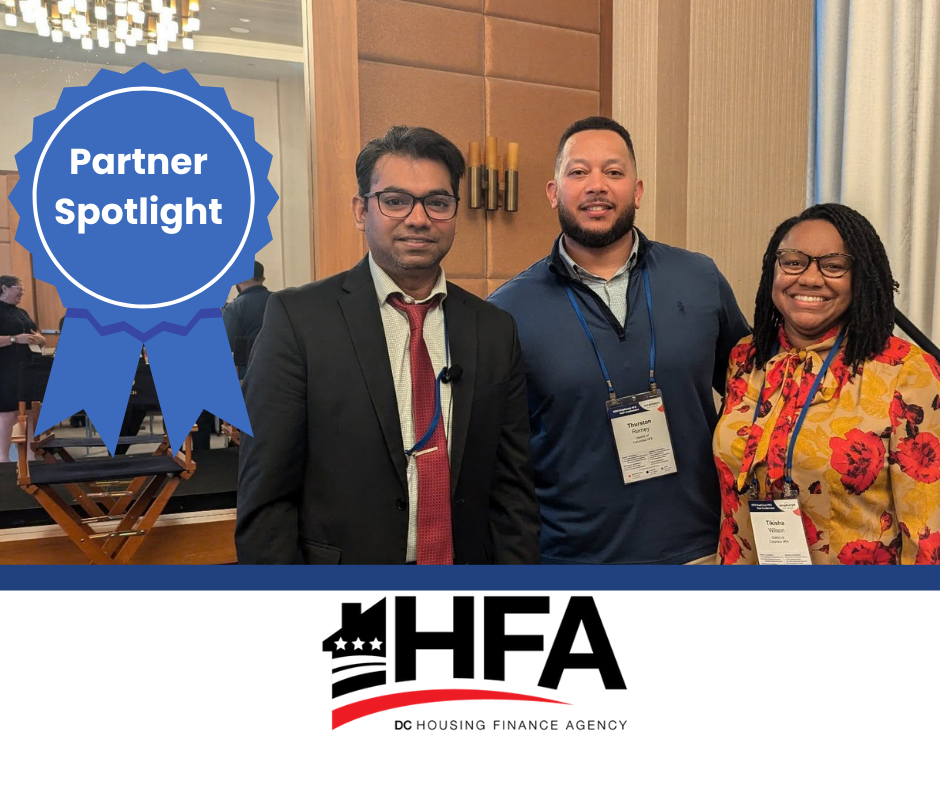Insights with Alfonso Estremadoyro, Multi-Family Client Services
With NSPIRE shifting how audits are evaluated and documented, many agencies are still finding their footing. That’s why we sat down with Alfonso Estremadoyro—Multi-Family Client Services team member at Emphasys HFA and former PHA staffer—to talk through what’s changing, what’s working, and what still feels uncertain with Tenant file audits and NSPIRE compliance.
Alfonso brings field-tested experience and hands-on knowledge of how inspections, tenant files, and real-world operations intersect. In this interview, he shares what agencies are learning, where common missteps occur, and how the right tools (and people) can make all the difference.
Before joining Emphasys, you worked at a Public Housing Authority. Can you tell us a bit about your role and how that experience shapes the way you support agencies today?
Absolutely. Before coming to Emphasys, I served at both the city and county levels—supporting agencies in Miami Beach, Fort Lauderdale, and Broward County. That time on the ground gave me a clear view of what agencies are up against: the urgency of communication, the weight of compliance, and the crazy volume of documentation it takes to keep things moving. It also showed me that there are no one-size-fits-all solutions in housing—every agency has its own mix of constraints and priorities, and that’s shaped the way I support them today.
Why did you join Emphasys?
I’ve worked for agencies that used Emphasys tools—and I saw firsthand how much support and functionality the team provided. The reputation Emphasys has in Florida, especially among PHAs, is one of reliability and partnership. So when the opportunity came to join the team, it felt like a natural fit. I wanted to contribute to the same kind of support I once received. It was also important for me to stay in the realm of affordable housing, I really am passionate about promoting housing equity however I can. Emphasys allows me an opportunity to combine that passion with technology.
Let's talk a little about NSPIRE. When you talk to clients about NSPIRE today, what’s the first thing you try to help them understand?
The first thing I try to communicate is that change is uncomfortable—and that’s okay. UPCS and HQS have been the standard for decades, so it’s a policy shift—and a mindset shift. But what I also emphasize is that once you start, the repetition builds confidence. The Tenant file audits and NSPIRE compliance standards themselves aren’t designed to make life harder—they’re meant to make inspections more consistent, more predictable, and ultimately more protective of residents.
Our job in Client Services, really the entire team at Emphasys is to make that first step easier—and to provide systems that reinforce consistency without overwhelming agency staff.
Since NSPIRE launched, what changes have you seen most clearly in how agencies approach compliance or tenant file audits?
The biggest shift is from theory to practice. Auditors now expect clear, documented proof—not just that deficiencies were addressed, but how, when, and by who. That’s created a much greater focus on recordkeeping and cross-team coordination. Now, physical corrections have taken a back seat to operational transparency.
I worked with an agency recently that had multiple NSPIRE findings—not because work wasn’t completed, but because the documentation wasn’t filed in time. Once they started using our scheduled workflows that are tied to inspection outcomes, they went from three repeat findings to none in their next review. That’s the kind of thing that saves time—and protects credibility.
What are some of the most common “uh-oh” moments agencies are experiencing with tenant file audits under NSPIRE?
One of the most common issues is incomplete or inconsistent documentation. Agencies might fix the issue, but if it’s not clearly documented—and stored in an audit-ready format—it can still count against them. Another point of contingency is managing the new volume of records required under NSPIRE: annual self-inspections, remediation timelines, resident communication logs, and follow-up proof. If those aren’t centralized, the process breaks down.
Surprisingly, one of the most overlooked requirements is documenting communication with residents. A lot of agencies think it’s enough to log the remediation—but NSPIRE expects you to show when access was granted, when the resident was notified, and what happened if they weren’t available. That’s where gaps start.
What’s one of the biggest misconceptions agencies still have about NSPIRE?
That it’s just a slightly stricter version of HQS or UPCS. It’s not. NSPIRE is a full shift in how inspections are measured, documented, and audited. What might have passed under previous systems could now flag findings. The standards are more nuanced, and that requires new workflows.
Emphasys was the first to build NSPIRE functionality into our software—so we’re not just supporting the shift; we’re helping agencies stay ahead of it with tools designed for this exact challenge.
What role do tools like the Multi-Family Suite play in helping agencies stay organized and responsive—especially during audits or inspections?
They’re essential. When your inspection data, documentation, and reporting workflows live in one place, it reduces the risk of human error and late-stage scrambling. It also creates consistency—regardless of staff turnover or shifting roles. Centralization really is necessary to protect the process.
What are some of the most valuable Multi-Family Suite features agencies are using?
Two that come up all the time are the Inspection Portal and the Inspection App. Agencies are often surprised by how configurable they are—from switching between unit-level and building-level views, to customizing inspection items, to adjusting criteria and remediation windows.
I’ve seen agencies completely rethink their workflows once they realize they can tailor the system to match how they operate. Features like photo uploads, annotated notes, and inspection-specific timelines aren’t just bells and whistles—they’re documentation tools that hold up in audits.
Is there a specific configuration or workflow you’ve helped set up recently that made a real difference?
Yes—one that stands out involved our inspection keyword search. I showed an agency how to use it to locate custom inspection items and notes while in the field. Their inspector immediately cut down the time spent toggling between screens. It was a simple change, but it made a noticeable impact in both speed and accuracy.
Last question: What’s one thing you want agencies to know about the support they’ll get from the Client Services team?
We’ve been where you are. Many of us on the Client Services team have sat in your seat at various agencies whether PHA or HFA—responding to audits, juggling programs, navigating system gaps. So when we say we understand, we mean it…we really, REALLY mean it. We don’t just offer answers—we bring context, empathy, and a shared goal of helping you deliver on your mission.
And as standards keep evolving, our goal is to help agencies not just stay compliant—but feel in control of the process.
Explore More
This interview is part of our Multi-Family Webinar Series and the latest blog post, What Agencies Are Still Navigating Under NSPIRE: Insights from the Field. Dive deeper into audit trends, real-world challenges, and how agencies are reworking documentation and workflows to stay ahead.
🔗 Read the full blog post
🔗 Learn more about the Emphasys Multi-Family Suite and our NSPIRE-ready tools
